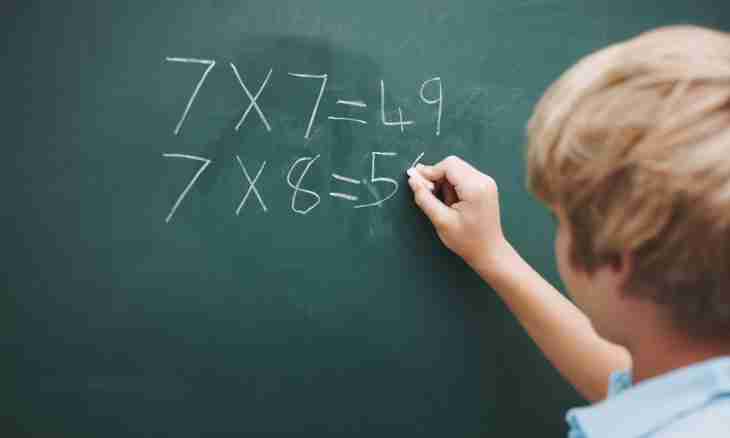Mechanics — the section of physics which studies the movement of material objects and laws of interaction between them. Such objects are called mechanical systems.
Instruction
1. Mechanics - the big field of science which is subdivided into sections: classical mechanics, relativistic mechanics and quantum mechanics. Problems of mechanics are solved in several stages: first, draw the drawing of the movement of an object or objects. The drawing has to display all physical system performance: speed, acceleration, time, distance, application of forces, etc. in a vector form, i.e. visually to point to what laws need to be used for finding of result. At the second stage write down all laws of the movement, having designated for x missing size. If solve this equation or the equations, then add dimension and you receive result.
2. In classical mechanics for definition of laws of motion of bodies Newton's laws and the principle of relativity of Galilei are used therefore it is called still Newtonian. This section, in turn, is divided into a statics (studying balance of bodies), kinematics (studying motion of bodies without consideration of the reasons) and to loudspeaker (studying motion of bodies).
3. Newton's laws allow to write down the equation of the movement for any mechanical system if power interactions are known. In total their three: law of inertia (preservation by a body of speed of the movement), law of the movement and law of pair interaction. The principle of relativity of Galilei sounds so: laws of mechanics do not depend on the choice of an inertial reference system, in other words, all equations of mechanics will be equally correct. The inertial reference system shows the movements of a free body in the absence of external operating forces.
4. The relativistic mechanics uses laws of mechanics at the speeds comparable at the speed of light. At speeds, smaller the speed of light, the task comes down to classical mechanics therefore laws and the equations are used the same, behind addition of the fact that the space and time are one system of coordinates, i.e. the movement of a body happens in four-dimensional space.
5. In quantum mechanics laws of the movement of quantum systems, such as atoms, molecules, photons called elementary particles are considered. Main equations and laws of quantum mechanics: Schrödinger equation, equation Neumann's background, Lindblad's equation, Heisenberg's equation.
6. Besides, the mechanics includes some other theories: theory of fluctuations, theory of elasticity, theory of stability, mechanic of liquids and gases.

